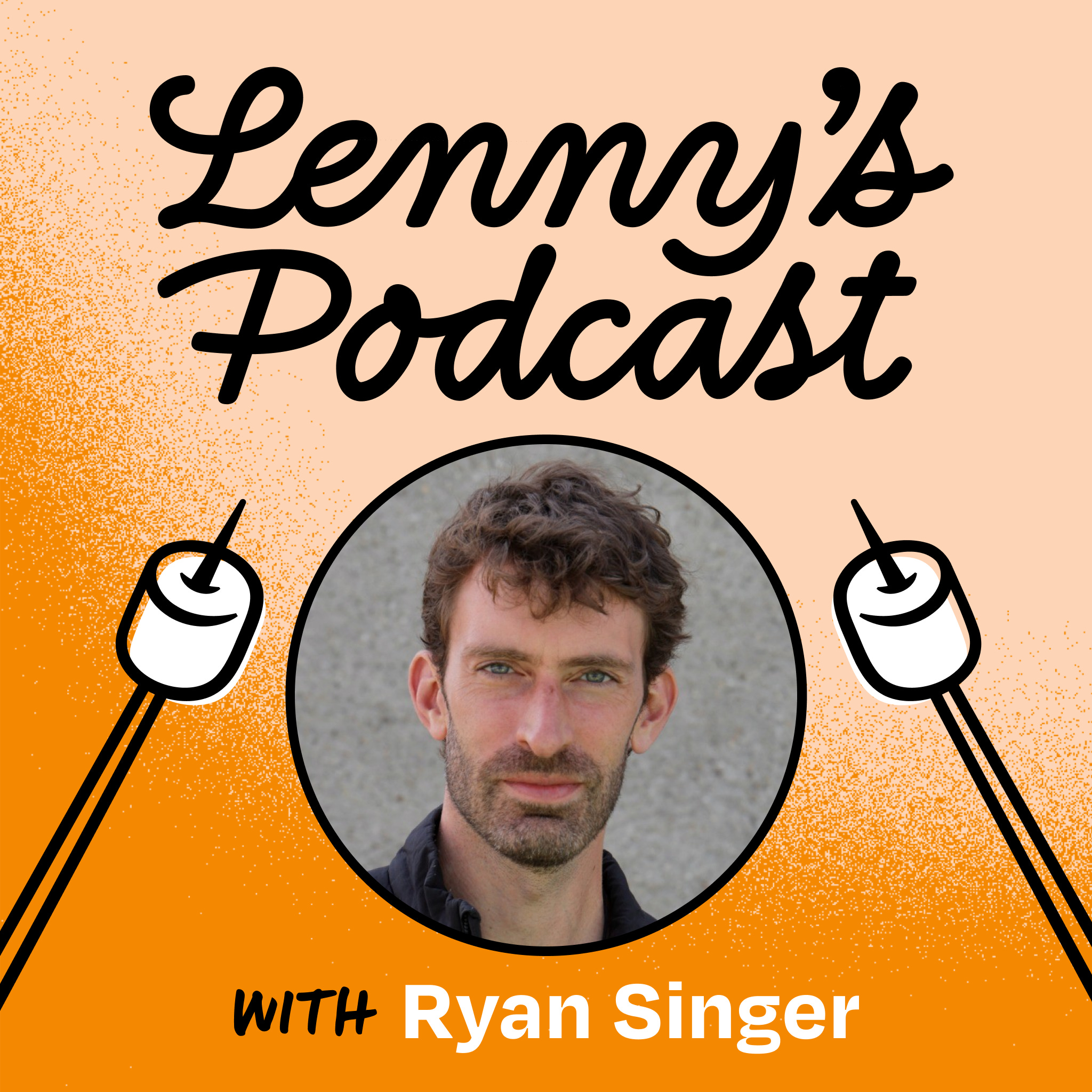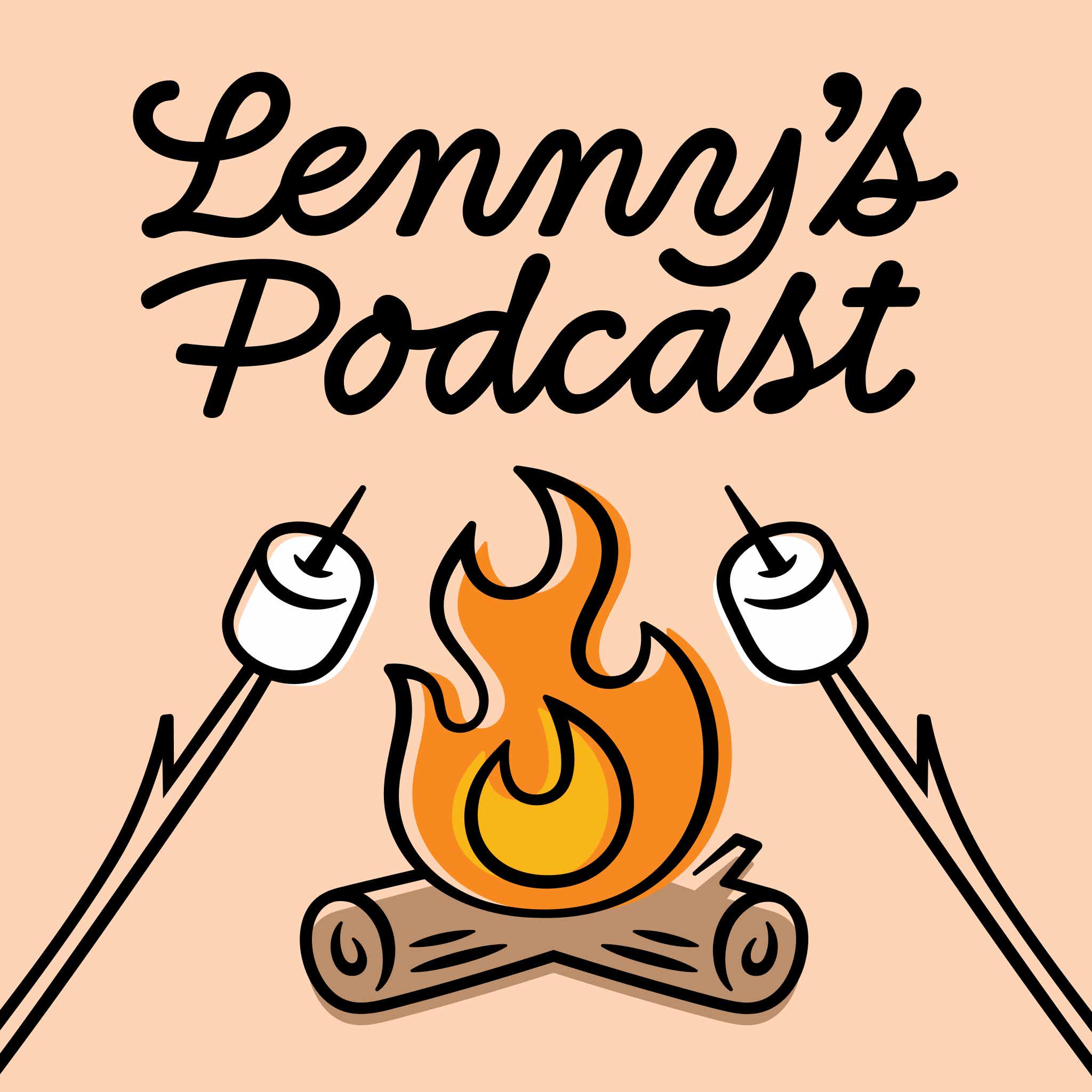
A better way to plan, build, and ship products | Ryan Singer (creator of “Shape Up,” early employee at 37signals)

Lenny's Podcast: Product | Growth | Career
Deep Dive
- Traditional Agile and Scrum often lead to endless work cycles without meaningful shipping milestones.
- Many product teams struggle to share their struggles with shipping products.
- Shape Up offers a different approach to software development, focusing on "appetites" instead of deadlines.
Shownotes Transcript
Ryan Singer is one of the earliest employees and the former Head of Strategy at 37signals (the makers of Basecamp), where he spent nearly two decades refining a product development approach that helped the company build super-successful products with small teams. Based on these lessons, he wrote "Shape Up: Stop Running in Circles and Ship Work that Matters," and Ryan now works with companies of all sizes to them them escape the cycle of endless sprints, missed deadlines, and dragging projects.
What you’ll learn:
Why traditional Agile and Scrum methods often lead teams into endless cycles of work without meaningful shipping milestones.
The “appetite-driven” approach to product development where teams set fixed timeboxes (usually six weeks maximum) and vary the scope instead of expanding timelines.
The exact process for running effective “shaping” sessions that collaboratively define projects before committing resources.
Why most teams struggle with too little detail in their planning, not too much.
Why a 30-to-50-person team size is the critical breaking point when growing startups need to adopt more structured processes.
Practical techniques for bridging the engineering-design divide by bringing technical and product perspectives together earlier in the process.
The powerful “breadboarding” and “fat marker sketching” techniques that help teams align on solutions without getting lost in high-fidelity details.
The clear warning signs that your current development process is failing before it’s too late to change course.
Proven strategies to implement Shape Up methods, whether you’re working in a startup or enterprise environment.
A step-by-step approach to transitioning from Scrum to Shape Up by piloting the methodology with a single team before broader implementation.
Why the PM role shifts upstream in Shape Up, focusing more on problem definition than project management.
How to adapt Shape Up principles to your company’s unique context, even if it’s nothing like Basecamp.
—
Brought to you by:
• WorkOS)—Modern identity platform for B2B SaaS, free up to 1 million MAUs
• Merge)—A single API to add hundreds of integrations into your app
• Airtable ProductCentral)—Launch to new heights with a unified system for product development
—
Where to find Ryan Singer:
• X: https://x.com/rjs)
• LinkedIn: https://www.linkedin.com/in/feltpresence/)
• Website: https://www.ryansinger.co/)
• Course: https://www.ryansinger.co/srl/)
—
Where to find Lenny:
• Newsletter: https://www.lennysnewsletter.com)
• X: https://twitter.com/lennysan)
• LinkedIn: https://www.linkedin.com/in/lennyrachitsky/)
—
In this episode, we cover:
(00:00) Ryan’s background
(04:38) The origins of Shape Up
(07:40) Implementing Shape Up in different companies
(09:56) How Shape Up is different
(19:02) The core elements of Shape Up
(26:29) Shaping sessions and timeboxing
(37:23) Flexible sprint planning
(38:56) The output of a shaping session
(46:57) Balancing detail and flexibility
(53:50) A deep dive into shaping sessions
(01:01:32) Fat marker sketches
(01:02:48) Getting started using Shape Up
(01:13:20) Signs it's time to try the Shape Up method
(01:18:25) Feature factories
(01:25:59) The role of the PM in Shape Up
(01:28:26) What makes Basecamp unique
(01:35:55) The second edition of the book
(01:38:30) Linking product strategy and shaping
(01:41:53) Conclusion and final thoughts
—
Referenced:
• Basecamp: https://basecamp.com/)
• David Heinemeier Hansson on LinkedIn: https://www.linkedin.com/in/david-heinemeier-hansson-374b18221/)
• Jason Fried on LinkedIn: https://www.linkedin.com/in/jason-fried/)
• Jason Fried challenges your thinking on fundraising, goals, growth, and more: https://www.lennysnewsletter.com/p/jason-fried-challenges-your-thinking)
• Des Traynor on LinkedIn: https://www.linkedin.com/in/destraynor/)
• Intercom: https://www.intercom.com/)
• The ultimate guide to JTBD | Bob Moesta (co-creator of the framework): https://www.lennysnewsletter.com/p/the-ultimate-guide-to-jtbd-bob-moesta)
• How to find work you love | Bob Moesta (Jobs-to-be-Done co-creator, author of “Job Moves”): https://www.lennysnewsletter.com/p/how-to-find-work-you-love-bob-moesta)
• Scrum: https://www.scrum.org/)
• 37signals: https://37signals.com/)
• Jobs to Be Done Theory: https://www.christenseninstitute.org/theory/jobs-to-be-done/)
—
Recommended books:
• Shape Up: Stop Running in Circles and Ship Work That Matters: https://basecamp.com/shapeup)
• Demand-Side Sales 101: Stop Selling and Help Your Customers Make Progress: https://www.amazon.com/Demand-Side-Sales-101-Customers-Progress/dp/1544509987/)
• Competing Against Luck: The Story of Innovation and Customer Choice: https://www.amazon.com/Competing-Against-Luck-Innovation-Customer/dp/0062435612/)
• Job Moves: 9 Steps for Making Progress in Your Career: https://www.amazon.com/Job-Moves-Making-Progress-Career/dp/0063283581)
—
Production and marketing by https://penname.co/). For inquiries about sponsoring the podcast, email [email protected]).
—
Lenny may be an investor in the companies discussed. Get full access to Lenny's Newsletter at www.lennysnewsletter.com/subscribe)